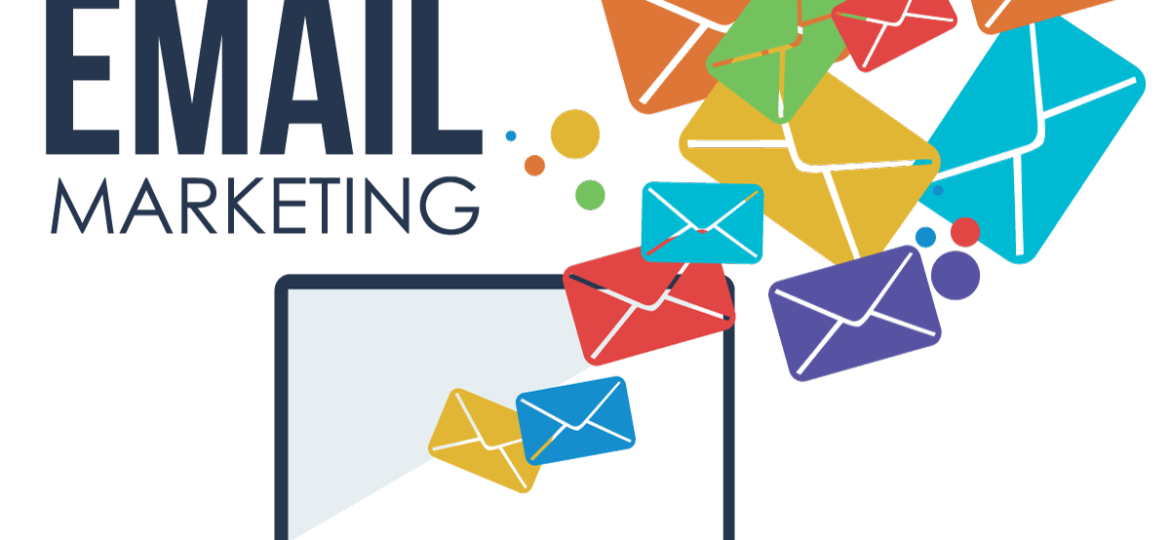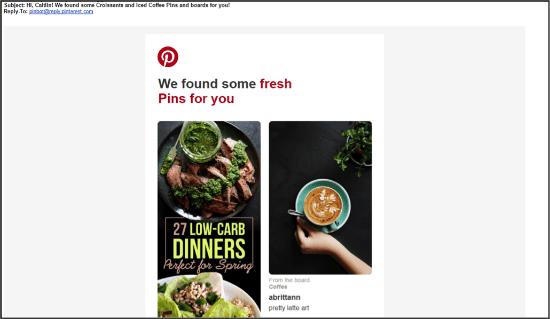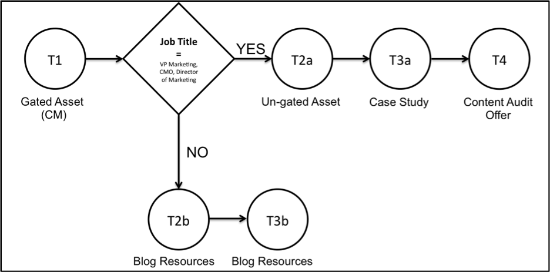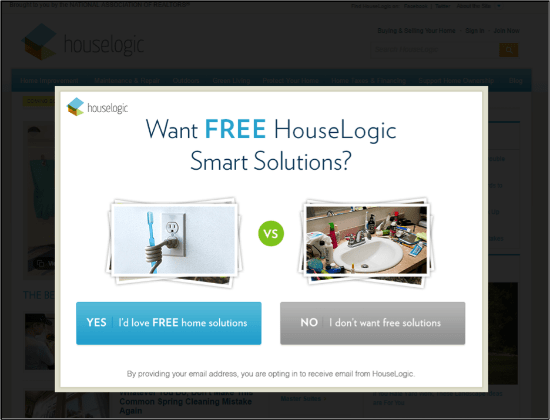
Email marketing is directly marketing a commercial message to a group of people using email. In its broadest sense, every email sent to a potential or current customer could be considered email marketing. It usually involves using email to send ads, request business, or solicit sales or donations, and is meant to build loyalty, trust, or brand awareness.
Email marketing can be done to either sold lists or a current customer database. Broadly, the term is usually used to refer to sending email messages with the purpose of enhancing the relationship of a merchant with its current or previous customers, to encourage customer loyalty and repeat business, acquiring new customers or convincing current customers to purchase something immediately, and adding advertisements to email messages sent by other companies to their customers.
Use these 6 saviors to get better at your Email Marketing strategies
Here we have for 6 of the most essentials pointers, put together by Top Ranking Blog, you can make use of while improving your email marketing strategy. This will help you channel the right traffic to your website and get better business.
#1 – Remember: It’s All About Mobile
This one may seem like a bit of a no-brainer, but nonetheless it needs to be mentioned. Mobile has become an increasingly important consideration for website designers and digital marketers. People rely on their mobile devices for a lot of things–and email is certainly one of them. In fact, studies show that 55% of email is now opened on a mobile device.
Typically, the content should be focused and not too text heavy. But the most important thing to remember is that people want fast loading times. So, if you’re using large video or image files, make sure they’ll open quickly and easily.
#2 – Personalize Your Message
A one-size-fits-all approach to email marketing is simply not reasonable these days. Your email recipients are interested in messages that are focused on their personal tastes and preferences–addressing them by their first name in the opening is not good enough. Use data insights to create different messaging for individual target groups.
For example, Pinterest does an excellent job at personalization. Every week, I can count on receiving an email with suggested pins or boards to follow that are based on my interests and behaviors on the platform.
Can you tell I’m attempting a diet?
#3 – Understand the “Why”
Spend some time actually thinking about why your subscribers actually open an email. An enticing discount or a new product launch may not be the only reason they click. Think about who your customer is, what they’re usually looking for, what’s important to them and what season it is. In addition, think about what device they are looking on. Is it a tablet? Smartphone? Basically, dig into the psychology of your customers. This will directly correlate with your ability to personalize your messaging.
#4 – Explore Automation
Automated email campaigns allow you to use a triggering event such as an asset download, contact form fill out or a webinar signup to kick-off a tailored series of emails. Your monthly newsletters or specialty campaigns are definitely important components of your overall email marketing strategy. But email automation can be a very powerful tool that can help you nurture relationships and drive customers to a desired outcome.
For example, if you’re hosting an in-person event or webinar, email automation can be used as a way to communicate with attendees before, during and after the event. Content delivered before or during the event would include information on accommodations or the event schedule. Content delivered after the event ends would include special access to event assets and presentations, or perhaps direct them or information on another upcoming event they’re interested in.
Determine your triggering events and then create an automation workflow that details what you’ll send to them throughout the automation campaign. Here’s an example:
#5 – Add Dynamic & Interactive Content
Dynamic and interactive content is something that is pretty new to the email marketing world. Dynamic options could include changing the content of an email based on location or weather, and interactive content could be features like animations or carousel elements. Software tools that can help you do this type of content are HubSpot and MovableInk.
#6 – Use a Lightbox to Grow Your Email List
Lightboxes–or pop-ups–can be an effective way to quickly grow your email list. While some may think they’re a bit annoying, lightbox pop-ups bring a connection option to your audience–rather than relying on them to search it out.
If you go this route, make something that’s unique rather than using a generic template. Also, use active language that will compel people to do what you’re asking. Here’s an example from HouseLogic, a home improvement tips and tricks website operated by the National Association of Realtors. They know why their audience is there and uses visuals to entice a sign up.



